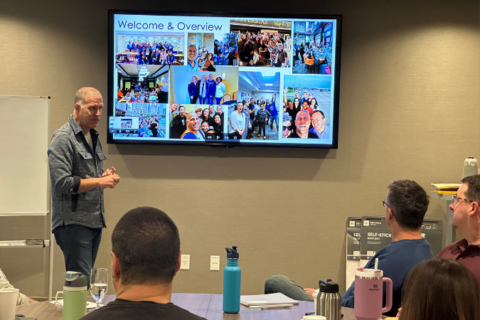3 Ways Quality Materials Support Teachers to Manage Multiple Priorities
Educator Tricia Parker shares how aligned curriculum can maximize teacher creativity as they inspire students at all levels to learn.
Related Resources
article
What You Need to Know about Curriculum-Embedded Assessments
Learn about the benefits of embedded assessments, and how they ensure that what you assess aligns to what you taught.
video
Webinar—Beyond Selection: Improving Curriculum Adoption
Discover insights from EdReports and The Decision Lab on evolving curriculum adoption to better support teachers and boost student outcomes.
news
EdReports CEO Eric Hirsch to Step Down in 2026
After a decade of transformative leadership, Hirsch will remain through June 2026 to support a seamless transition as EdReports begins its next chapter of impact and innovation.


